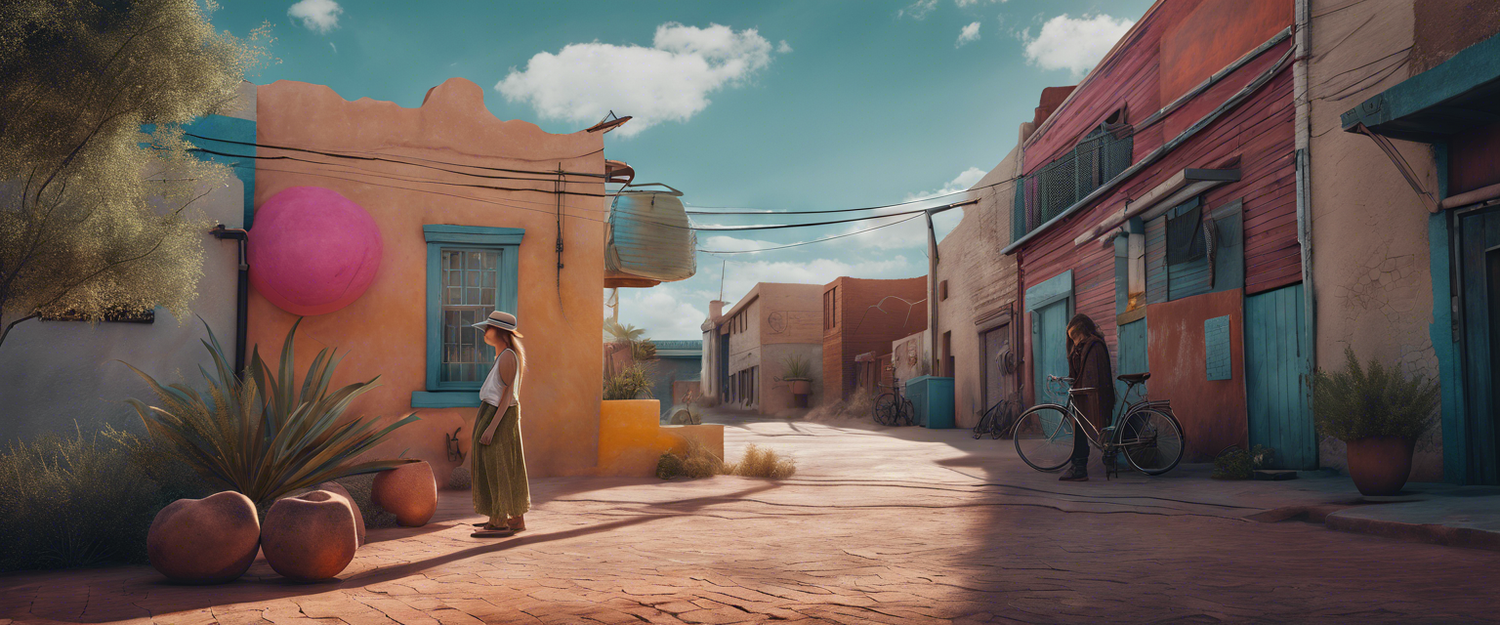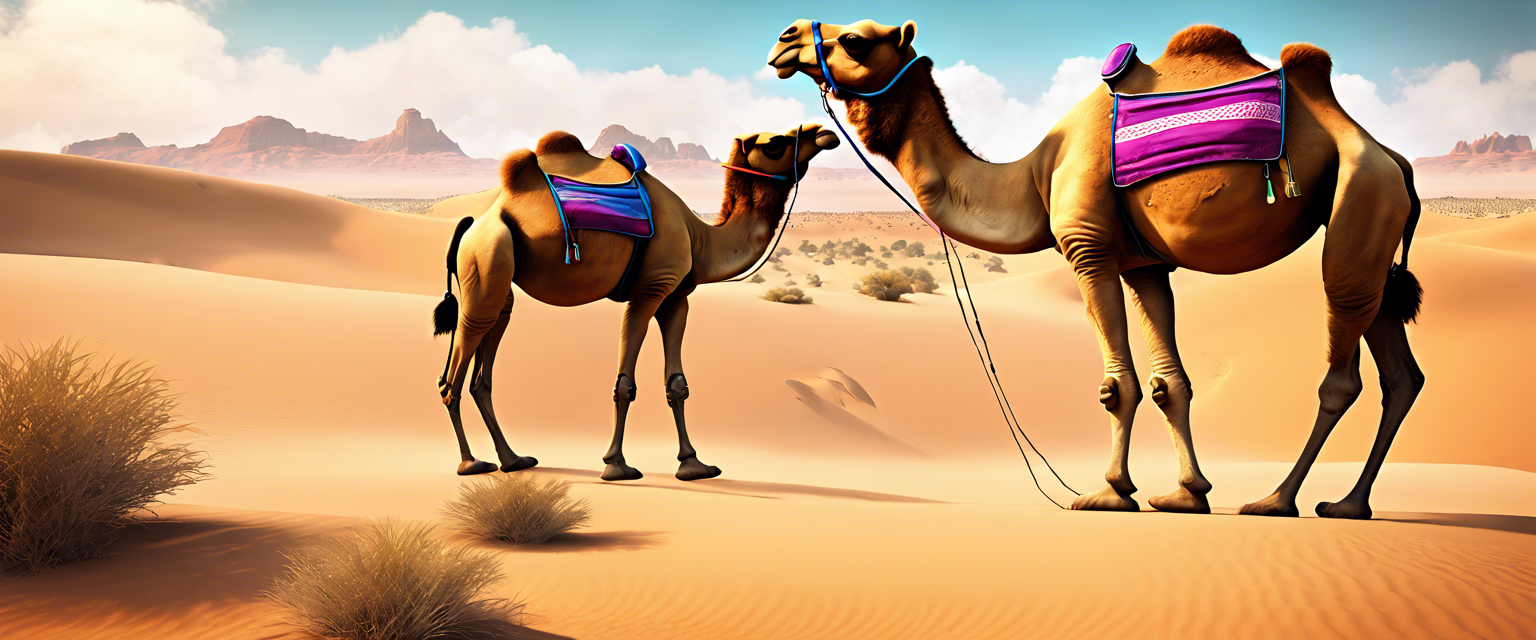Your Guide to Creating Custom Diffuser Pipelines with Stable Diffusion
This tutorial explores how to create a custom diffusers pipeline for text-guided image-to-image generation using the Stable Diffusion model through the Hugging Face Diffusers library.
Introduction to Stable Diffusion
Stable Diffusion is a revolutionary text-to-image latent diffusion model developed by researchers and engineers from CompVis, Stability AI, and LAION. It is trained on high-quality 512x512 images sourced from a select subset of the LAION-5B database. The model effectively uses a frozen CLIP ViT-L/14 text encoder to guide image generation based on text prompts, making it incredibly versatile.
Equipped with an 860M UNet and a 123M text encoder, this model is lightweight enough to run on most GPUs, allowing users to create stunning AI-generated artworks from even the simplest sketches. For a deeper dive into the capabilities and structure of Stable Diffusion, check out the detailed documentation available on the Hugging Face website.
Getting Started with Image-to-Image Generation
Before diving into the creation of your custom pipeline, you need to ensure that you accept the model license for its use. In this tutorial, we will focus on version v1-4. Here are the steps to follow:
Step 1: Accepting the Model License
Visit the model's card on Hugging Face, review the license, and confirm your agreement by ticking the checkbox. Remember, you must be a registered user on Hugging Face Hub to proceed.
Step 2: Login to Hugging Face
Utilize the notebook_login function to log into your Hugging Face account, which will also require an access token for the code to function properly. For detailed instructions regarding access tokens, refer to the relevant documentation section.
Step 3: Setting Up the Image2Image Pipeline
Now, you are ready to load the pipeline. Begin by downloading an initial image, followed by preprocessing it for compatibility with the pipeline.
Step 4: Defining Your Prompt
Establish the prompt to guide the image generation process. In this context, the strength parameter – a numeric value ranging from 0.0 to 1.0 – determines the amount of noise introduced to the input image. Higher strength values (i.e., closer to 1.0) will lead to more variations, though this may compromise semantic consistency with the original input.
Step 5: Running the Pipeline
Once everything is set, execute the pipeline to generate your artwork. In Google Colab, you can easily display the resulting image by simply typing the relevant command:
display(image) (example pending your image variable setup).
Conclusion: Experimenting with Your Custom Pipeline
Congratulations! You have successfully created a beautiful AI-generated artwork from a simple sketch using the Stable Diffusion model. Feel free to experiment with different parameters and test what works best for your specific use case. For instance, using a lower strength value will yield images that remain closer to your original input image.
Thank You for Reading!
If you found this tutorial helpful, we encourage you to visit our tutorial page for further resources and insights. This tutorial was crafted by Fabian Stehle, Data Science Intern at New Native.
Additional Resources
Explore more about customizing your diffusion pipelines and the latest advancements in AI art generation. The potential for innovation in this field is immense, and we are excited to see what you create!



发表评论
所有评论在发布前都会经过审核。
此站点受 hCaptcha 保护,并且 hCaptcha 隐私政策和服务条款适用。